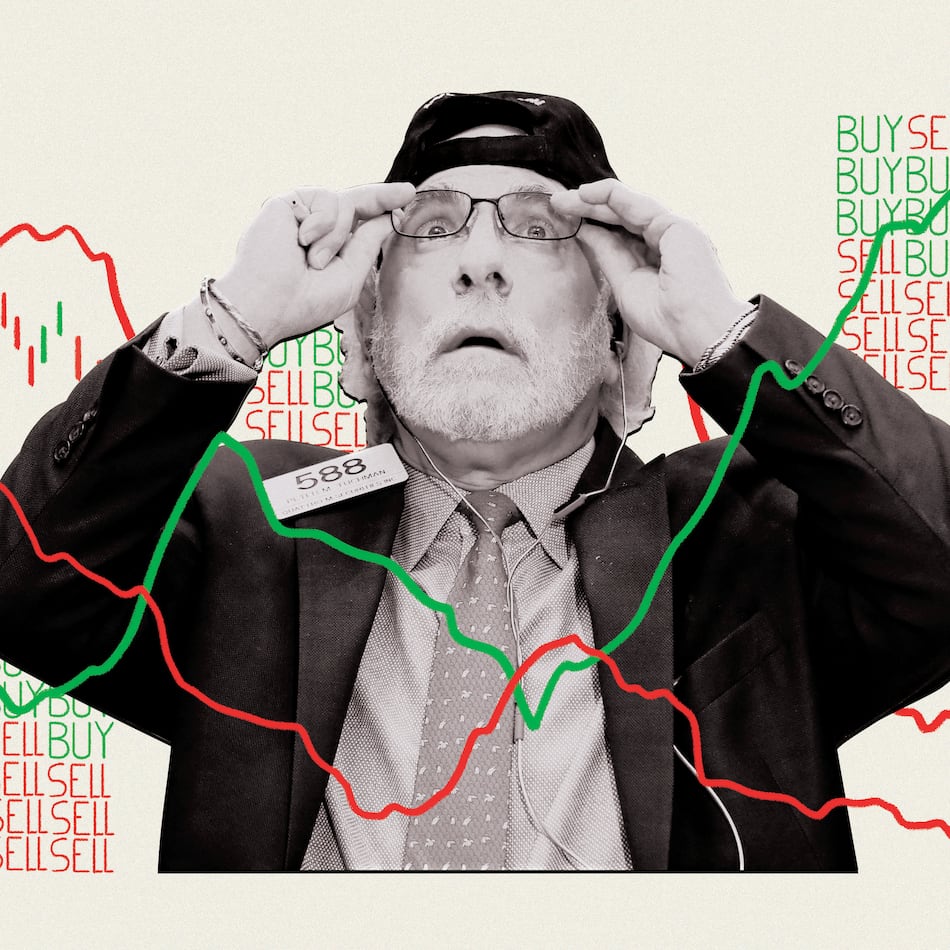Atlanta-based railroad company Norfolk Southern has launched what it calls the first freight rail carbon insetting service in the world, allowing its customers to pay extra to lower their supply chain emissions through the purchase of biofuels.
Shipping by rail is more carbon efficient than by truck, and Norfolk Southern is leaning into that as a competitive advantage, especially as some customers show more of a willingness to include sustainability into their business decisions.
The company is also catching up to other modes of freight shipping, where these types of carbon insetting programs have already started to proliferate.
Josh Raglin, Norfolk Southern’s chief sustainability officer, told The Atlanta Journal-Constitution the company’s data shows shipping via rail saves 70%-90% in emissions. The railroad’s leaders created RailGreen as a way for shippers to pay extra to bring net emissions to zero through a third-party, verified platform.
For years they’ve had the ability to share granular-level data with customers about those emissions, but they didn’t have “a way to pass along those emissions savings to our customers,” he said.
With RailGreen, customers can pay extra to certify that their shipment, or an equivalent of it in the network, was powered with biofuel or renewable diesel, made from substances like vegetable oils and cooking grease. The money also helps cover the cost of upgrading some of the railroad’s infrastructure to handle those fuels, he said.
Raglin said Norfolk Southern believes there will be interest based on similar products already on the market, especially in maritime shipping.
“We share a lot of those same shippers,” he said. “There just wasn’t a solution in the U.S. market.”
An ‘ecosystem’ of pressure
Rachel Schwalbach, C.H. Robinson’s vice president for environmental, social and governance efforts, told the AJC that carbon insetting programs have existed for years in maritime shipping and airfreight, and more recently in trucking, as increased demand from customers for options to lower supply chain emissions has increased.
“For so long the conversation with customers was about price and time. And really, we’re seeing customers are looking to add in that carbon sustainability as a third strategic data point,” she said.
Even for companies very committed to their sustainability goals, she added, it has been “a challenge to reduce emissions from a supply chain,” given the global and multimodal complexity of shipping journeys.
That, plus the price and availability of sustainable solutions in transportation, means “there’s not really an easy solution,” she said.
C.H. Robinson was the first to join RailGreen. The company is bringing it into its alternative fuels program, she said, which effectively aggregates these kinds of programs for interested customers.
Schwalbach said there’s been an “ecosystem” of pressure on shippers from boards, consumers, their customers and the investor community, to decrease supply chain emissions.
“All of those things work together,” she said.
“And of course, there are just companies that are truly committed to this,” with 2030 or 2040 goals to meet.
Credit: TNS
Credit: TNS
‘Good for business’
RailGreen is also a way to turbocharge Norfolk Southern’s own sustainability goals.
The money customers pay for biofuel and infrastructure improvements accrue to the railroad’s own emissions goals, too, which include 20% consumption of low-carbon fuels like biofuel and renewable diesel by 2034.
“We’re all in this together,” Raglin, the chief sustainability officer, said.
The company also is doing things like partnering with Alstom to test new diesel-hybrid locomotives that could work in rail yards or local routes with lots of idling, Raglin said.
A push toward sustainability may seem like an irony in an industry that historically made much of its money transporting coal. Norfolk Southern still made 13% of its revenue last year from the commodity, largely because of coal-powered electric plants.
Raglin said rail simply carries what the supply chain demands. “Whatever goods that need to move, we’re going to move those goods, whether it’s electric vehicles, it’s chemicals or it’s coal.”
The company named its first chief sustainability officer in 2007, but sustainability has only more recently entered the “decision calculus” for rail shippers, he said.
That’s in part, he said, because of improvements on what has been a fundamental problem with service quality and timeliness. Although rail always was the cheapest option, service has historically been “a challenge,” he acknowledged.
But as service metrics have been improving, including 10% faster train speeds last year, Raglin said sustainability “is becoming more important for many shippers.”
One other reason for the push is simple math: Fuel is the company’s second-largest single expense, he said.
More than 90% of its emissions are from locomotives, and they require 1 million gallons of diesel fuel per day, he said.
“Sustainability at the end of the day is just good for business, and that’s how we’ve approached it since 2007,” he said.
“It’s about, how do you save money, in some cases create revenues, as well. It’s about reducing risk also, and the pressure from stakeholders is only increasing.”
Editor’s note: This article has been updated with Rachel Schwalbach’s full job title.
About the Author
Keep Reading
The Latest
Featured




